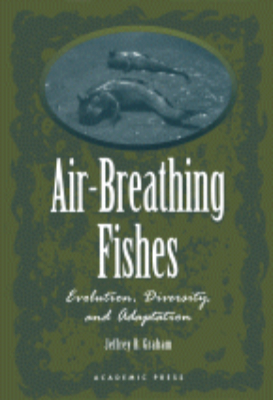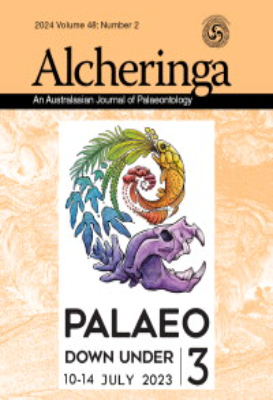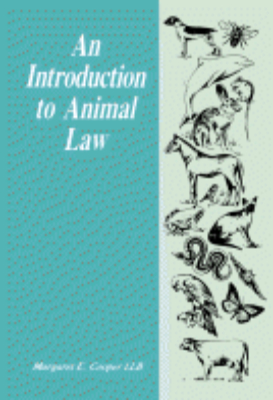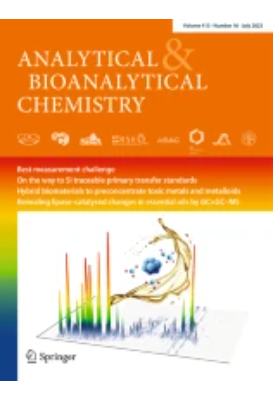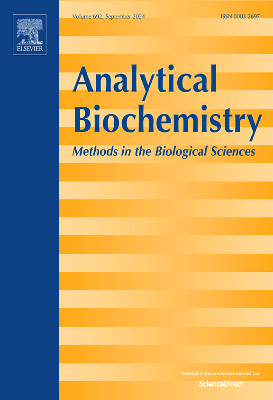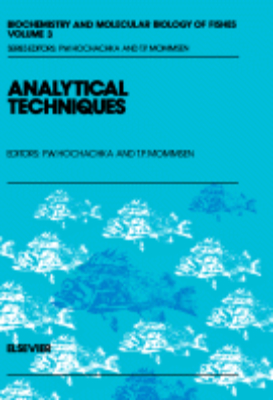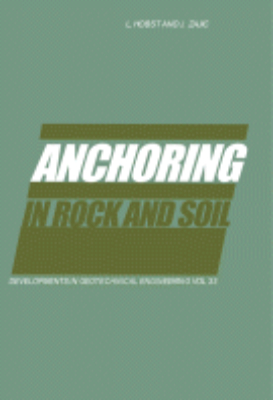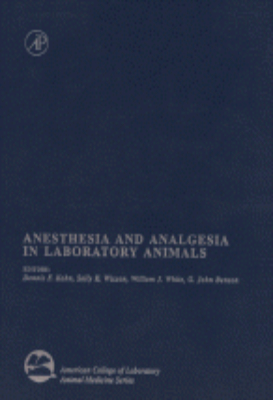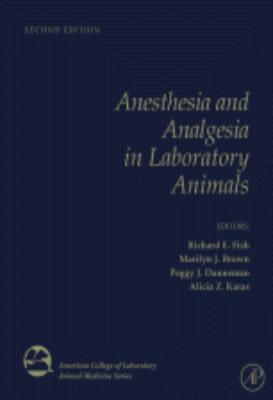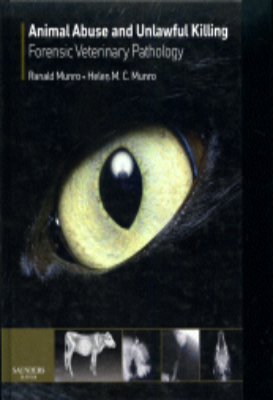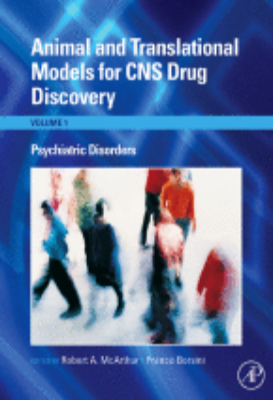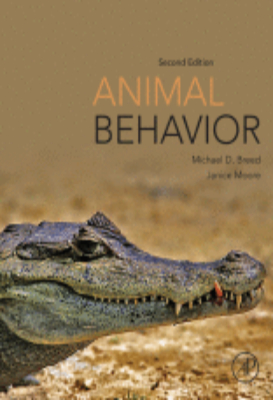E-Resources
Agrochemicals in Soils
Agrochemicals in Soils contains selected papers from a joint meeting of the Soil Chemistry, Soil Fertility, and Soil Clay Mineralogy Commissions of the International Society of Soil Science, in Jerusalem, Israel. The book is organized into four parts. Parts 1 and 2 deal mostly with the chemical reactions of agrochemicals in the soil. Part 3 explores the movement of agrochemicals in the soil and Part 4 elucidates some aspects of agrochemicals and pollution. Each section begins by one or two invited papers presenting an overview of the topic of the section. Contributed papers follow reporting the results of experimental studies and theoretical analyses of related specific topics. This book will contribute to a better understanding and efficient control of the soil environment.
Air-Breathing Fishes
"Air Breathing Fishes: Evolution, Diversity, and Adaptation is unique in its coverage of the evolution of air-breathing, incongruously because it focuses exclusively on fish. This important and fascinating book, containing nine chapters that present the life history, ecology, and physiology of many air-breathing fishes, provides an exceptional overview of air-breathing biology.Each chapter provides a historical background, details the present status of knowledge in the field, and defines the questions needing attention in future research. Thoroughly referenced, containing more than 1,000 citations, and well documented with figures and tables, Air-Breathing Fishes is comprehensive in its coverage and will certainly have wide appeal. Researchers in vertebrate biology, paleontology, ichthyology, vertebrate evolution, natural history, comparative physiology, anatomy and many other fields will find something new and intriguing in Air-Breathing Fishes. Key Features. Offers a complete overview of an important and immensely interesting area of research. Provides a perspective of air-breathing fish that spans 300 million years of vertebrate evolution. Contains numerous illustrations as well as comprehensive charts. Provides a synoptic treatment of all the known air-breathing species with important data on their morphological and physiological adaptations"
Amino Acids Proteins and Cancer Biochemistry
Amino Acids, Proteins, and Cancer Biochemistry focuses on the contributions of Jesse P. Greenstein to biological chemistry, including kinetics, protein mixtures, metabolism, tumors, and biosynthesis. The selection first offers information on quantitative nutritional and in vivo metabolic studies with water-soluble, chemically defined diets and internal hydrogen bonding in ribonuclease. Discussions focus on the effects of deuterium on transition temperature, kinetics of deuterium-hydrogen exchange, applications of chemically denned diets, formulation of water-soluble, chemically defined diets, and large-scale preparation of optically pure amino acids. The manuscript then examines the chromatographic evaluation of protein mixtures and observations on the activation of amino acids and biosynthesis of peptide bonds, including synthesis of phenylacetylglutamine and benzoylglycine, studies on amino acyl adenylates, and synthesis of glutamine. The publication ponders on free amino acids and related substances in normal and neoplastic tissues; nucleic acids of normal tissues and tumors; and carbohydrate metabolism in ascites tumor and HeLa cells. Topics include carbohydrate metabolism of ascites tumor cells, comparative biochemistry of glycolysis, DNA and the genetic concept of cancer, and constancy of free amino acid patterns of tissues. The selection is a valuable source of data for biochemists and researchers interested in amino acids, proteins, and cancer biochemistry.
Amphibian Cytogenetics and Evolution-key feature
This book appears at a time when molecular cytogenetics is positioned to make a significant impact upon evolutionary studies, enabling problems of chromosomal structure and change to be critically assessed. It is an up-to-date and comprehensive survey of the cytogenetics of a major class of animals, including all three amphibian orders, with chapters authored by international leaders in the field.Amphibian Cytogenetics and Evolution will be of interest to classical and molecular cytogeneticists, systematicists, evolutionary biologists, herpetologists, and anyone using amphibians in genetic research.
An Atlas of Surgical Approaches to the Bones and Joints of the Dog and Cat
This well-illustrated atlas provides detailed coverage of the surgical anatomy of the skeletal system of dogs and cats. It's a great learning and teaching tool for small animal surgery that contains highly detailed and clearly labeled drawings of bones and joints. The comprehensive coverage and vivid detail allow surgeons to explore a variety of approaches to fit each unique clinical situation.
An Introduction to Animal Law
Legislation relating to animals has ancient origins and in many civilizations certain species have held particular significance, be it religious, cultural, nutritional, or sporting. As a general rule, the law was primarily concerned with animals as property, rather than in need of protection, until the 19th century. Since the 1970s animal law has proved to be a growth area in the production and enforcement of both national and international legislation. This has been particularly so in the areas of conservation and welfare and there has been extensive legal and philosophical consideration of the status of animals.This book is not intended to be a standard text, but rather a handbook in the true sense, a guide for the lay person--namely, to help the non-lawyer to understand the basic concepts of animal law and to provide the lawyer (who is the lay person in the world of animal science) with an introduction to relevant concepts and literature which are not normally found in the conventional legal texts.
An Introduction to Biochemistry
An Introduction to Biochemistry, Second Edition provides information pertinent to the fundamental aspects of biochemistry. This book presents several analytical methods, including the citrulline reaction for proteins and the diffusion test for acetone. Organized into two parts encompassing 25 chapters, this edition begins with an overview of the general composition of the organism and the chemical characteristics of the chief organic and inorganic compounds that enter into its structure. This text then examines the chemical composition of the tissues and physiological systems. Other chapters consider the occurrence and identification of several pathological constituents of urine, which presents features of biochemical interest. This book discusses as well the significance and analytical reactions of the bile acids and esters. The final chapter deals with the internal environment, which in the higher animal is represented by the blood and the cerebrospinal and other tissue fluids. This book is a valuable resource for biochemists.
An Introduction to Economics for Students of Agriculture
The Introduction to Economics for Students of Agriculture describes the universal economic principles, illustrated primarily by examples drawn from farming and the food industry. This book is composed of nine chapters, and begins with what an overview of the concepts of economics, its objective, with a particular emphasis on the mechanism of allocating scarce resources. The succeeding chapters deal with the behavior of individual through the theory of consumer choice, the concept of demand and supply, market competitions, and production economics. These topics are followed by discussions on the mobility of the factors of production and unemployment, and some problems of using the market as a resource allocator. This book will prove useful to economists, agriculturists, and students.
An Introduction to Field Quantization
An Introduction to Field Quantization is an introductory discussion of field quantization and problems closely related to it. Field quantization establishes a commutation relation of the field and finds an operator in such a manner that the Heisenberg equation of motion is satisfied. This book contains eight chapters and begins with a review of the quantization of the Schroedinger field and the close relation between quantized field theory and the many-body theory in quantum mechanics. These topics are followed by discussions of the quantization of the radiation field and the field of lattice vibrations in a solid. The succeeding chapter deals with the familiar linear equations in relativistic field theory and the deduction of certain spin independent theories, which these fields have in common. Other chapter explores the derivation technique of the conservation laws for fields with arbitrary spin directly from the field equations without explicit recourse to Noether's theorem using a configuration space version of the generalized Ward identity. The discussion then shifts to the relativistic quantization method applicable to any field with arbitrary spin; the transformation of various fields under the Lorentz transformation; and a general method for constructing wave functions explicitly, as well as the application of this method to several examples. The concluding chapter focuses on the quantization of interacting fields. This book will prove useful to physicists and researchers.
Anaesthesia of Exotic Pets
Anaesthesia of Exotic Pets provides a unique and quick reference guide for all those working in veterinary practice. The book covers the common species seen and includes: the basic approach to the case, equipment required, drug doses, and anaesthetic induction and maintenance as well as anaesthetic monitoring techniques. Peri-anaesthetic nursing care, such as husbandry, fluid and nutritional support, is discussed for each species. Written by experienced practitioners, the book provides a common sense and practical approach to anaesthesia to enable a variety of techniques to be performed confidently.
Analysis of Growth: Behavior of Plants and their Organs
Plant Physiology, Volume VA: Analysis of Growth: Behavior of Plants and their Organs describes the main events of growth as seen through the behavior of plants and their organs at an organismal level. This book discusses the quantitative interpretation of growth; the effects of environmental factors; the treatment of tropism; and the effects of many exogenous growth-regulating compounds. Organized into five chapters, the book initially describes mathematically the plant growth mechanisms as they relate to the factors that determine morphogenesis. The text also discusses methods for assessing the effects of external conditions and of age on certain important physiological aspects of plant growth. The subsequent chapter deals with phyllotaxis as a selected aspect of the interpretation of growth and form. The third chapter describes various phototropically and geotropically sensitive systems impinge upon on plant growth. This chapter also covers some reversible nastic movements of organs and the tactic movements of free swimming cells. The next chapter deals with relations between the chemical structure of synthetic compounds and their biological action. The last chapter focuses on the modulation of growth and development by features of the environment and also upon experimental manipulation and under controlled conditions of growth. This volume is an invaluable resource for plant biologists, physiologists, and researchers.
Anesthesia and Analgesia in Laboratory Animals: 1997
"Anesthesia and Analgesia in Laboratory Animals focuses entirely on the special anesthetic, analgesic, and postoperative care requirements associated with experimental surgery. Sponsored by the American College of Laboratory Animal Medicine, this informative work provides the reader with agents, methods, and techniques for anesthesia and analgesia that ensure humane and successful procedural outcomes. Key Features. Focuses on a wide variety of animal species used in research. Provides a comprehensive overview of the pharmacology of anesthetics and analgesics. Includes monitoring of analgesia and anesthesia. Organizes topics by species for agents and methods of providing anesthesia, analgesia, and post-op care to animals. No other American text is devoted entirely to this topic"
Anesthesia and Analgesia in Laboratory Animals: Second Edition 2008
"Anesthesia and Analgesia in Laboratory Animals focuses on the special anesthetic, analgesic, and postoperative care requirements associated with experimental surgery. Fully revised and updated this new edition provides the reader with agents, methods, and techniques for anesthesia and analgesia that ensure humane and successful procedural outcomes. Key Features. Provides researchers with the most comprehensive and up-to-date review of the use of anesthesia and analgesia in laboratory animals. Thoroughly updated with new material on ferrets, birds, reptiles, amphibians, fish, and invertebrates. Includes hot topic areas such as pain research, ethical issues, legal issues, and imaging studies"
Animal Abuse and Unlawful Killing
This book guides veterinarians and lawyers through the diverse and complex fields of alleged cruelty to, and unlawful killing of, companion animals, farm livestock and wildlife. It draws together current knowledge on how to approach, investigate and report forensic cases. Key Features Covers all aspects of the forensic post-mortem including cause and time of death Features the fundamentals of abuse and neglect Allows rapid access to descriptions of different types of injuries and gives essential guidance on their interpretation Backed by practical standard operative procedures from world experts to ensure proper and professional case management High quality, specially selected photographs, a clear writing style and concise presentation informs and encourages the reader towards soundly-based conclusions
Animal and Translational Models for CNS Drug Discovery
Animal and Translational Models for CNS Drug Discovery combines the experience of academic, clinical and pharmaceutical neuroscientists in a unique collaborative approach to provide a greater understanding of the relevance of animal models of neuropsychiatric disorders and their role as translational tools for the discovery of CNS drugs being developed for the treatment of these disorders. The focus of this three-volume series of essays is to present a consensual picture of the translational value of animal models from leading experts actively involved in the use of animal models for understanding fundamental neurobiology of CNS disorders and the application of this knowledge to CNS drug discovery, and clinical investigators involved in clinical trials, drug development and eventual registration of novel pharmaceuticals. Each volume of the Animal and Translational Models for CNS Drug Discovery series is dedicated to the development and use of animal models in key therapeutic areas in psychiatric, neurologic and reward deficit disorders. Each volume has introductory chapters expressing the view of the role and relevance of animal models for CNS drug discovery and development from the perspective of (a) academic basic neuroscientific research, (b) applied pharmaceutical drug discovery and development, and (c) issues of clinical trial design and regulatory agencies limitations. Each volume examines the rationale, use, robustness and limitations of animal models in relevant therapeutic areas and discusses the use of animal models for target identification and validation. The clinical relevance of animal models is discussed in terms of major limitations in cross-species comparisons, clinical trial design of drug candidates, and how clinical trial endpoints could be improved. The aim of this series of volumes on Animal and Translational Models for CNS Drug Discovery is to identify and provide common endpoints between species that can serve to inform both the clinic and the bench with the information needed to accelerate clinically-effective CNS drug discovery. Key Features - Provides clinical, academic, government and industry perspectives fostering integrated communication between principle participants at all stages of the drug discovery process - Critical evaluation of animal and translational models improving transition from drug discovery and clinical development - Emphasizes what results mean to the overall drug discovery process - Explores issues in clinical trial design and conductance in each therapeutic area - Each volume is available for purchase individually.
Animal Behavior (Second Edition)
"Animal Behavior, Second Edition, covers the broad sweep of animal behavior from its neurological underpinnings to the importance of behavior in conservation. The authors, Michael Breed and Janice Moore, bring almost 60 years of combined experience as university professors to this textbook, much of that teaching animal behavior. An entire chapter is devoted to the vibrant new field of behavior and conservation, including topics such as social behavior and the relationship between parasites, pathogens, and behavior. Thoughtful coverage has also been given to foraging behavior, mating and parenting behavior, anti-predator behavior, and learning. This text addresses the physiological foundations of behavior in a way that is both accessible and inviting, with each chapter beginning with learning objectives and ending with thought-provoking questions. Additionally, special terms and definitions are highlighted throughout. Animal Behavior provides a rich resource for students (and professors) from a wide range of life science disciplines. Key Features. Provides a rich resource for students and professors from a wide range of life science disciplines. Updated and revised chapters, with at least 50% new case studies and the addition of contemporary in-text examples. Expanded and updated coverage of animal welfare topics. Includes behavior and homeostatic mechanisms, behavior and conservation, and behavioral aspects of disease. Available lab manual with fully developed and tested laboratory exercises. Companion website includes newly developed slide sets/templates (PowerPoints) coordinated with the book"





